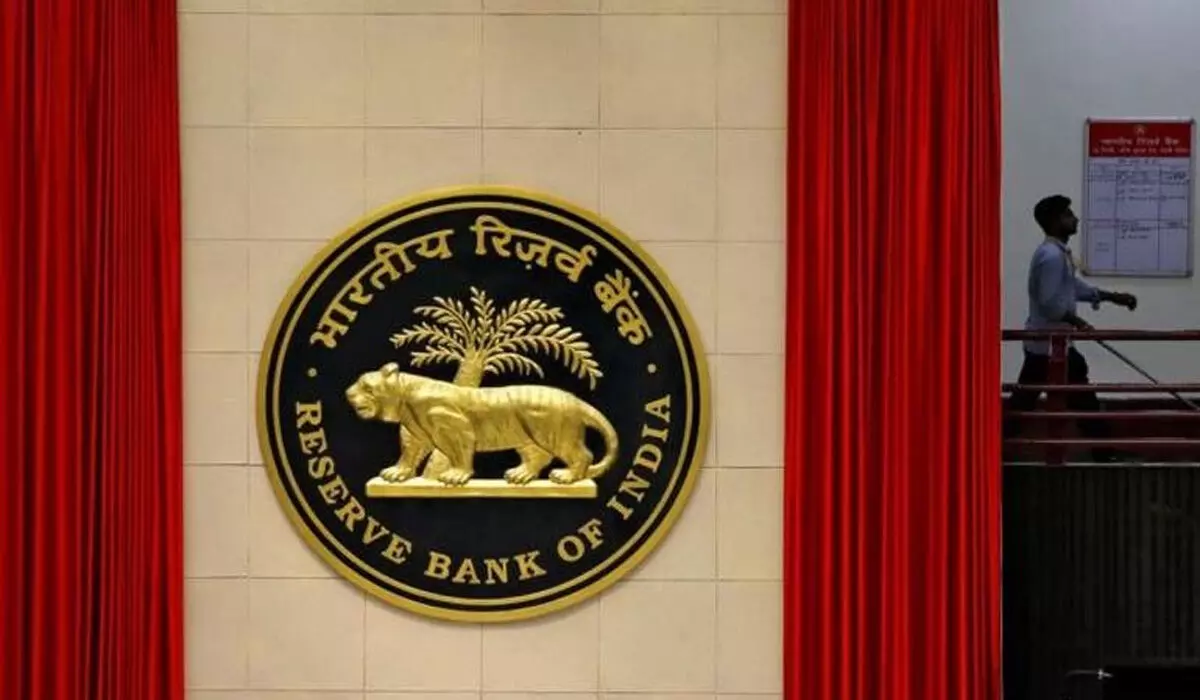Rate hike pause likely amid hopes of normal monsoon
Even as Indian Meteorological Department (IMD) reiterates a normal monsoon forecast, the Reserve Bank of India (RBI) is likely to continue to press pause button on the rate hike when its MPC reviews the annual monetary policy this month. The IMD has retained its long-range forecast for the south-west monsoon at 96 per cent of the LPA, implying normal monsoon. El Nino has started developing during the monsoon, with an increasing likelihood of positive Indian Ocean Dipole (IOD) conditions. Analysts maintain their current fiscal’s CPI inflation estimate at 5.1 per cent for now, though risks are skewed to the upside in case of a weak monsoon. Moreover, they continue to expect the RBI MPC to remain accommodative in the upcoming June policy.
image for illustrative purpose

Even as Indian Meteorological Department (IMD) reiterates a normal monsoon forecast, the Reserve Bank of India (RBI) is likely to continue to press pause button on the rate hike when its MPC reviews the annual monetary policy this month. The IMD has retained its long-range forecast for the south-west monsoon at 96 per cent of the LPA, implying normal monsoon. El Nino has started developing during the monsoon, with an increasing likelihood of positive Indian Ocean Dipole (IOD) conditions. Analysts maintain their current fiscal’s CPI inflation estimate at 5.1 per cent for now, though risks are skewed to the upside in case of a weak monsoon. Moreover, they continue to expect the RBI MPC to remain accommodative in the upcoming June policy.
As per the IMD, the south-west monsoon seasonal (June-September) rainfall over the country is likely to be at 96 per cent of the long-period average (LPA) (normal range is 96-104 per cent). However, in the past couple of decades, actuals have mostly been lower than forecasts. There are increasing risks of El Nino conditions developing during the monsoon, though the IMD expects positive Indian Ocean Dipole (IOD) conditions to develop too. In the last two decades, most instances of El Nino have led to weak rainfall. The IMD forecasts normal to below-normal rainfall in many parts of north-west India, west-central India, northern parts of peninsular India and the foothills of the Himalayas. However, normal to above-normal rainfall is likely to lash in most areas of the southern peninsula and north-east and extreme north India, and some areas of east-central India. Accordingly, crops and vegetables such as rice, onion, tomato, and tur can come under threat if rainfall is not sufficient. IMD’s forecast for rainfall in June is likely to be below normal (92 per cent of LPA). The distribution suggests that below-normal rainfall is likely in most parts of India, except for some areas in the southern peninsula, northwest India, extreme north India, and some isolated parts of north-east India. July-August receives the most rainfall (on an average around 63 per cent of total rainfall) and will be crucial for agriculture production.
Risks to Kotak Institutional Equities’ inflation estimates remain skewed to the upside due to the possibility of weak monsoons. Short-cycle crops like vegetables will likely see the most volatility if the monsoon is weak. Buffer stocks of food grains are likely to be used if cereals and pulses are impacted.
Experts note that El Nino episodes in the past have not always led to high food inflation. However, with the probability of El Nino occurrence increasing, agricultural output could be impacted.
For now, assuming a normal monsoon, the report maintains its FY24 CPI inflation estimate at 5.1 per cent. Not to mention, these are reasons enough for RBI MPC to remain on pause in its upcoming policy.

